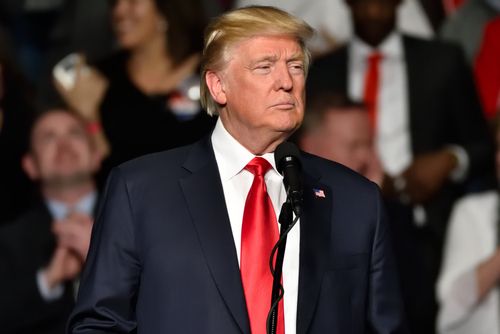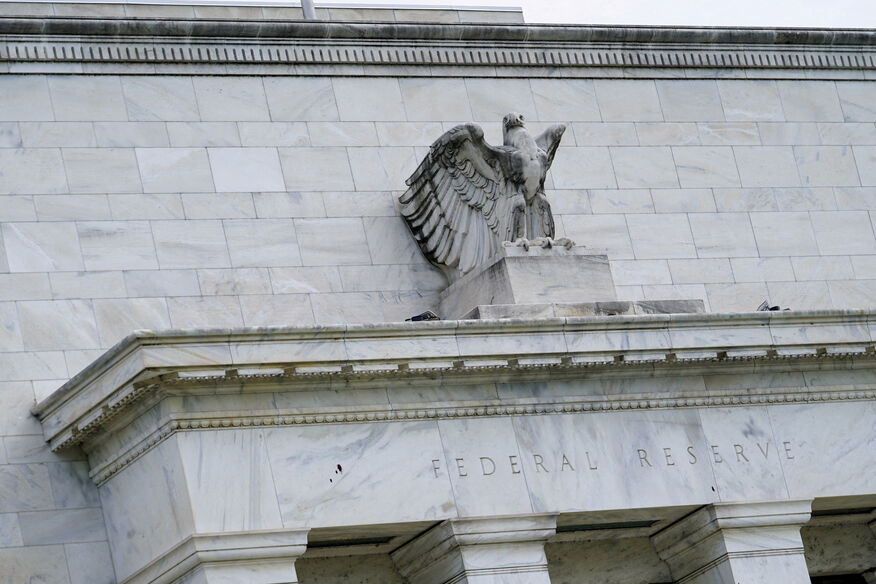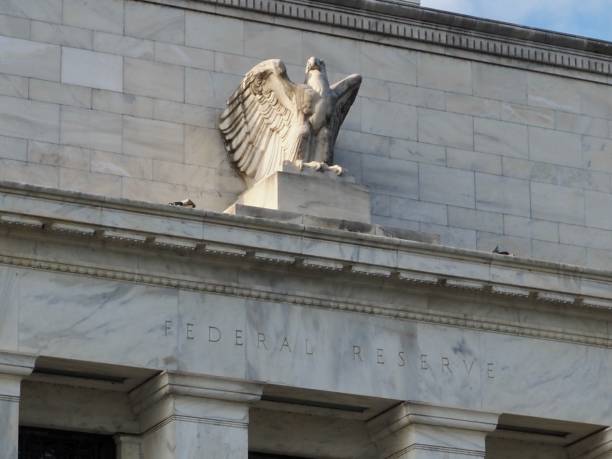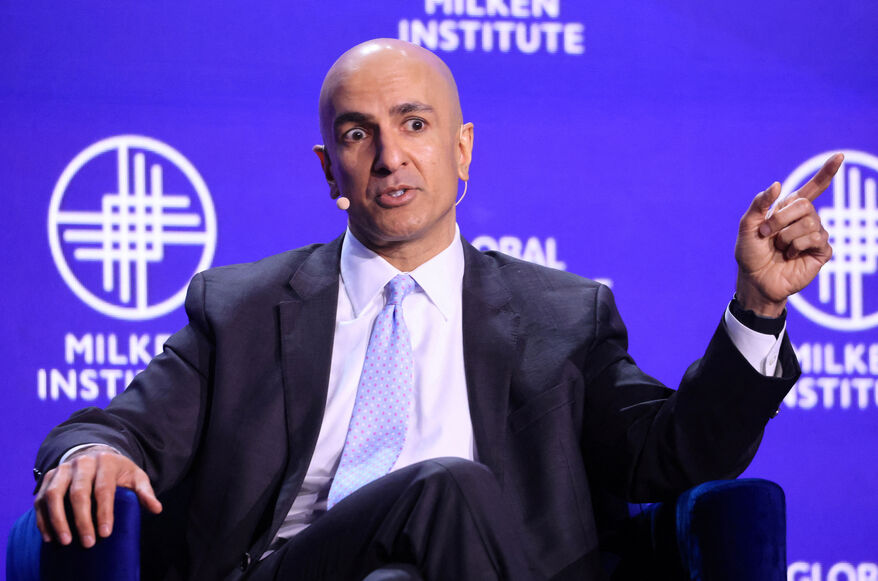Fed's Bostic says he is not in a rush on rate cuts

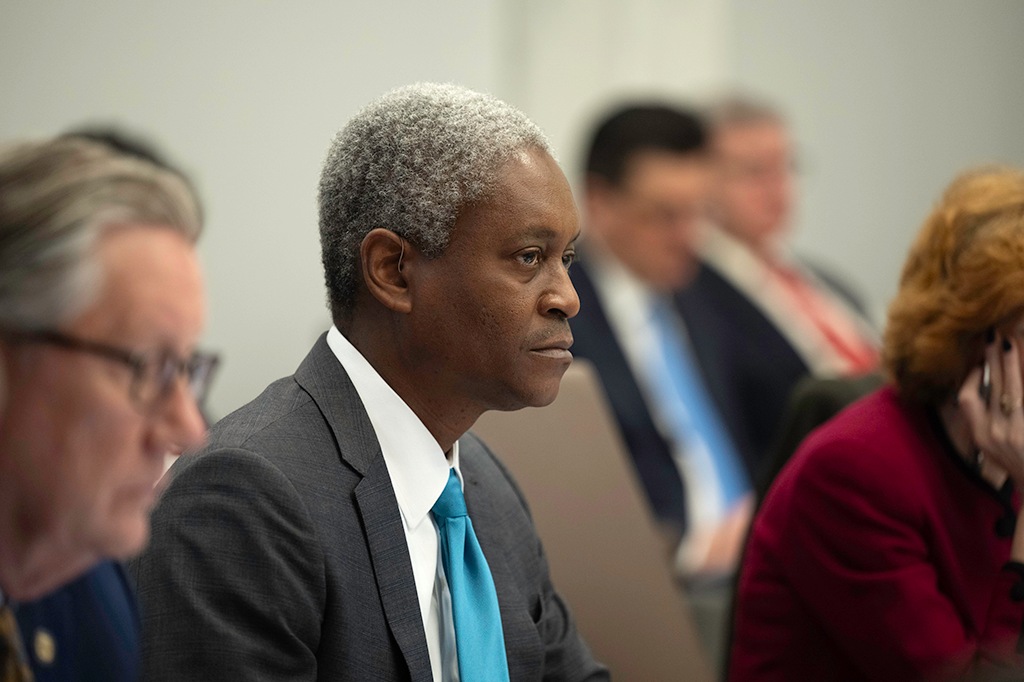
Atlanta Federal Reserve Bank President Raphael Bostic said on Friday that he is not in a rush on rate cuts and see the case for rate reduction in the central bank's policy rate to somewhere between 3% and 3.5% by the end of next year, per Reuters.
Key quotes
"I'm not in a rush to get to neutral.”
"We must get inflation back to our 2% target; I don't want us to get to a place where inflation stalls out because we haven't been restrictive for long enough, so I'm going to be patient.”
"If the economy continues to evolve as it does — if inflation continues to fall, labor markets remain robust, and we still see positive production — we will be able to continue on the path back to neutral.”
"A recession has never been in my outlook.”
"I've always felt that there was enough momentum in this economy to absorb the restrictiveness of our policy and drive inflation back down to its 2% target. I'm grateful that that's been playing out so well. But the job is not done.”
Market reaction
The US Dollar Index (DXY) is trading 0.01% higher on the day at 103.47, as of writing.
Fed FAQs
What does the Federal Reserve do, how does it impact the US Dollar?
Monetary policy in the US is shaped by the Federal Reserve (Fed). The Fed has two mandates: to achieve price stability and foster full employment. Its primary tool to achieve these goals is by adjusting interest rates. When prices are rising too quickly and inflation is above the Fed’s 2% target, it raises interest rates, increasing borrowing costs throughout the economy. This results in a stronger US Dollar (USD) as it makes the US a more attractive place for international investors to park their money. When inflation falls below 2% or the Unemployment Rate is too high, the Fed may lower interest rates to encourage borrowing, which weighs on the Greenback.
How often does the Fed hold monetary policy meetings?
The Federal Reserve (Fed) holds eight policy meetings a year, where the Federal Open Market Committee (FOMC) assesses economic conditions and makes monetary policy decisions. The FOMC is attended by twelve Fed officials – the seven members of the Board of Governors, the president of the Federal Reserve Bank of New York, and four of the remaining eleven regional Reserve Bank presidents, who serve one-year terms on a rotating basis.
What is Quantitative Easing (QE) and how does it impact USD?
In extreme situations, the Federal Reserve may resort to a policy named Quantitative Easing (QE). QE is the process by which the Fed substantially increases the flow of credit in a stuck financial system. It is a non-standard policy measure used during crises or when inflation is extremely low. It was the Fed’s weapon of choice during the Great Financial Crisis in 2008. It involves the Fed printing more Dollars and using them to buy high grade bonds from financial institutions. QE usually weakens the US Dollar.
What is Quantitative Tightening (QT) and how does it impact the US Dollar?
Quantitative tightening (QT) is the reverse process of QE, whereby the Federal Reserve stops buying bonds from financial institutions and does not reinvest the principal from the bonds it holds maturing, to purchase new bonds. It is usually positive for the value of the US Dollar.



